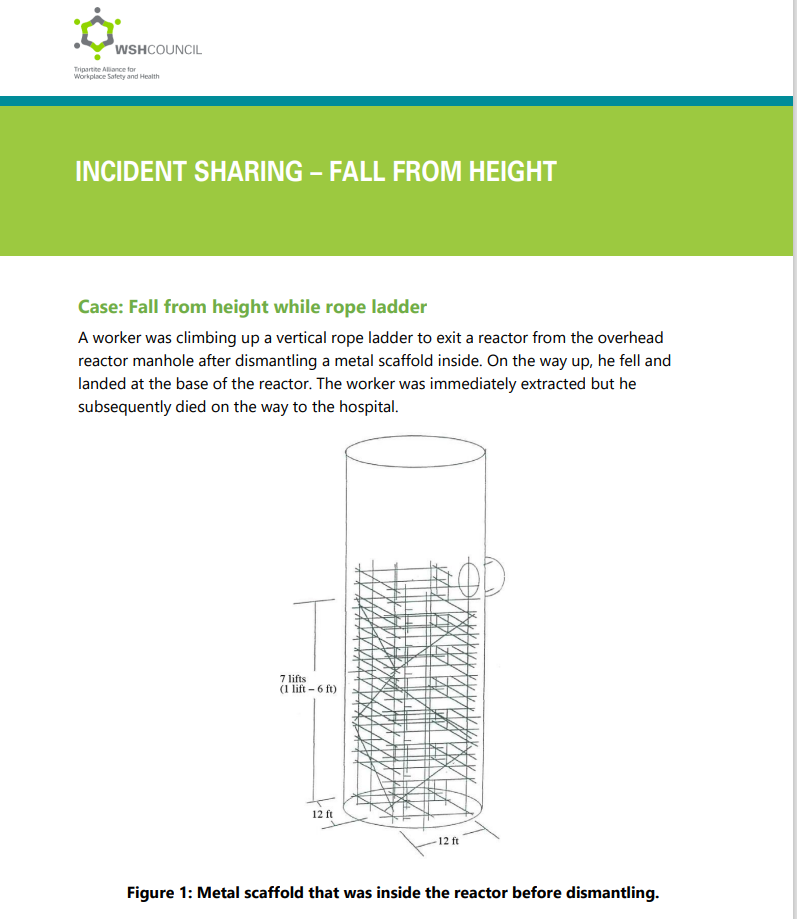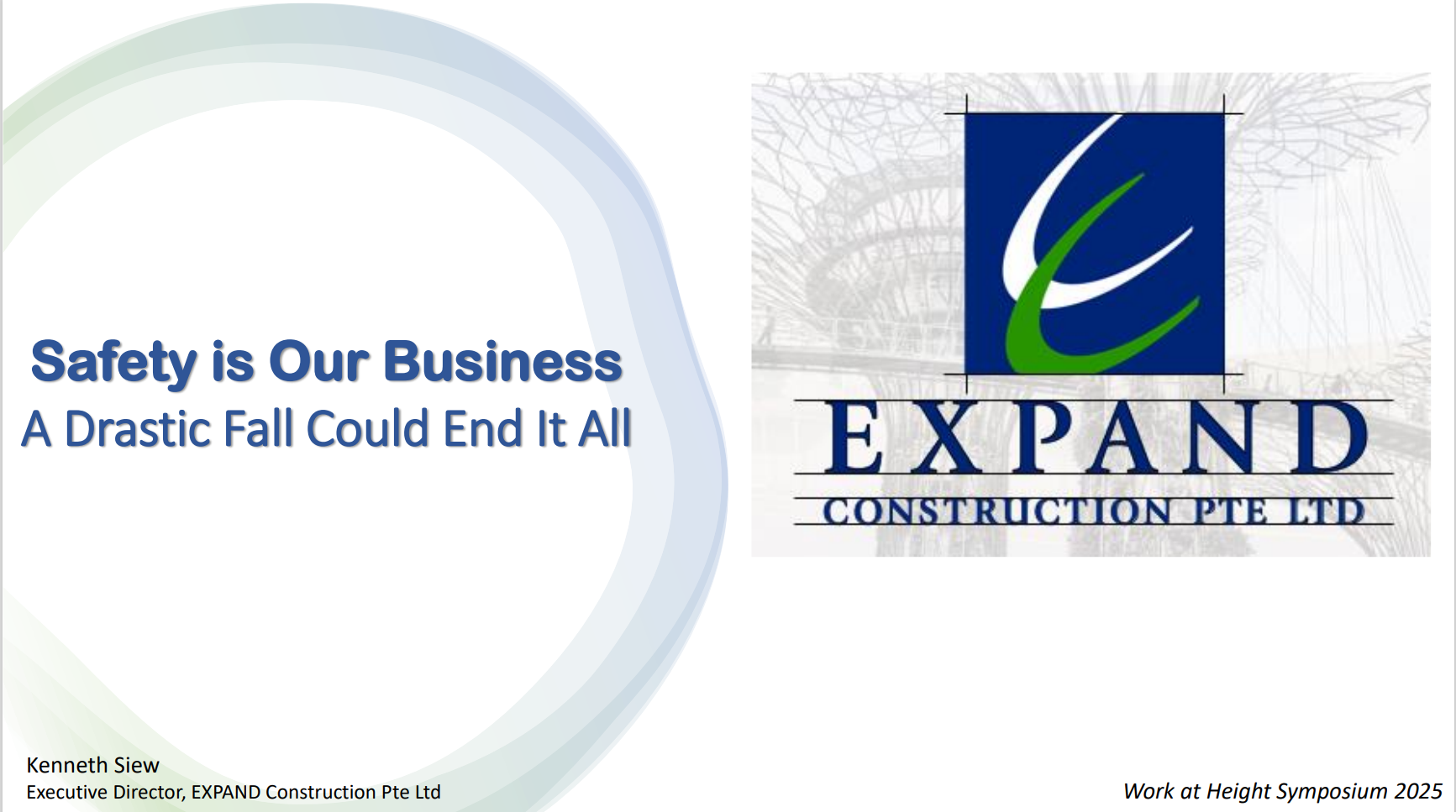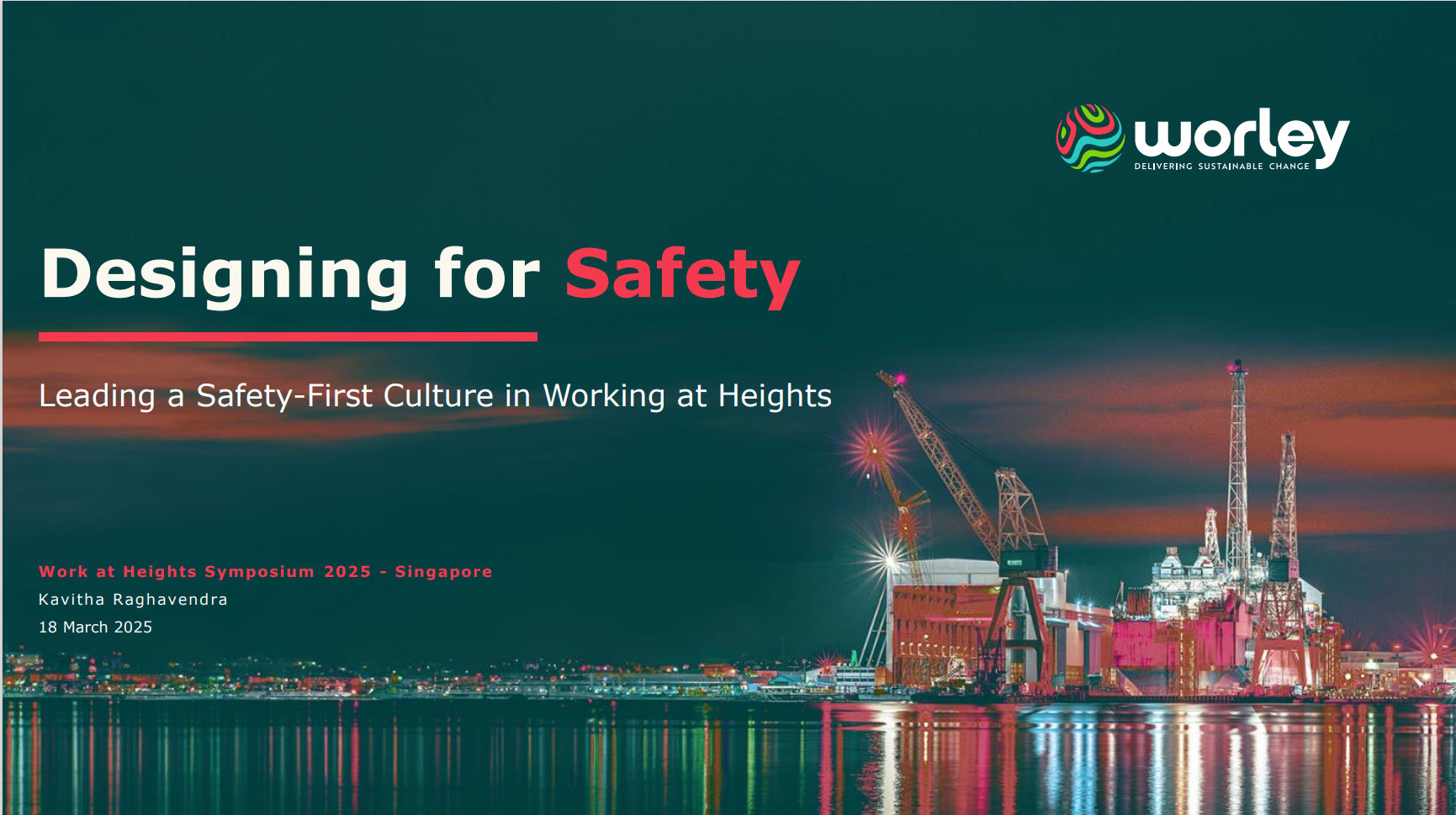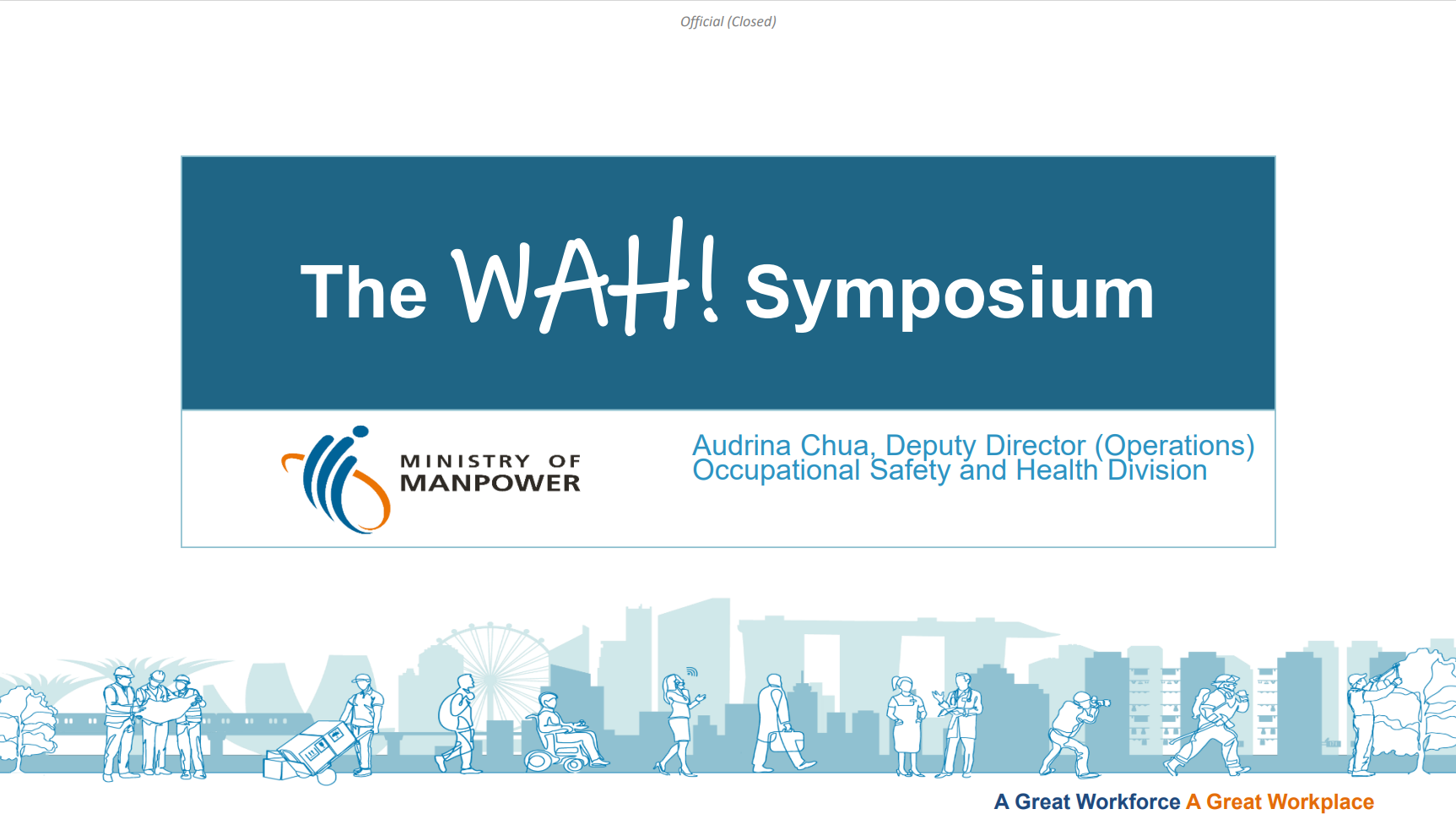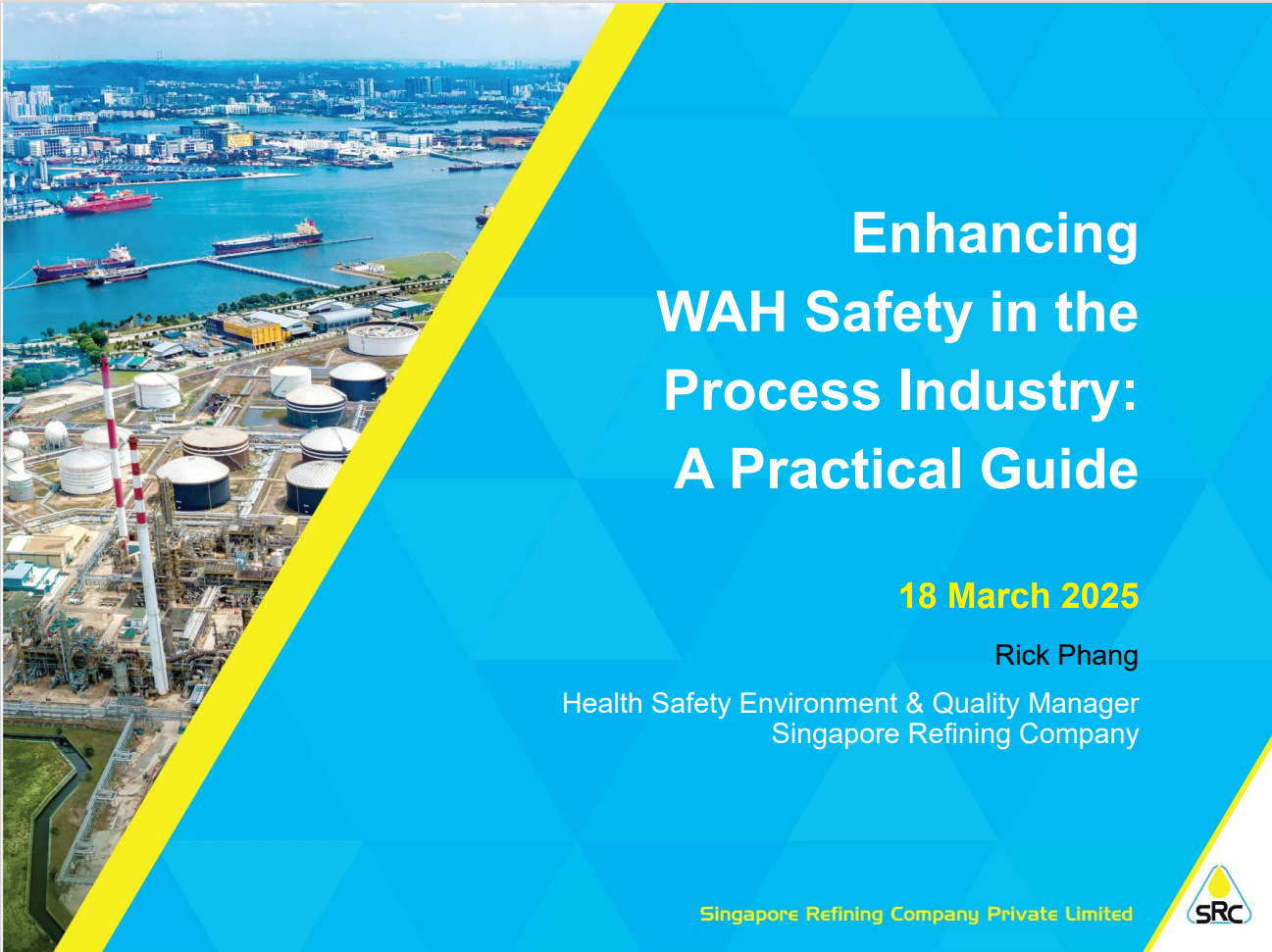Preventing Falls from Height
Learn what you can do to eliminate or reduce the risk of falls from height.
Falls from Height
Falls from height are a major cause of work-related fatalities and injuries. They contribute to more than a third of total workplace fatalities in Singapore every year.
Preventing Falls from Height
As an employer, you should:
- Provide safe and proper access to and egress from heights for employees.
- Install adequate fall prevention/protection systems such as guard rails, scaffolds and covers for openings.
- Establish safe work procedures for various work at height (WAH) activities.
- Provide individual fall arrest system (e.g. safety harness) for employees working at height.
- Educate employees on the proper use of fall arrest devices (e.g. securing to a suitable anchor point).
- Implement a travel restraint system to prevent employees from reaching an unguarded edge.
You should also develop and implement a fall prevention plan and a permit-to-work system.
Fall Prevention Plan
A fall prevention plan (FPP) is a site-specific plan to eliminate or reduce the risk of falls.
As an occupier of a worksite, shipyard or premise for bulk storage of toxic or flammable liquid, you are required to implement an FPP in your workplace where WAH is carried out. You are also required to implement an FPP if your factory:
- Manufactures or processes petroleum and petrochemicals, and their products;
- Manufactures chlorine, fluorine, hydrogen fluoride or carbon monoxide;
- Manufactures synthetic polymers;
- Manufactures pharmaceutical products or their intermediates;
- Manufactures semiconductor wafers; or
- Employs 50 or more people.
Your FPP should include (but not limited to) the following components:
- Fall prevention policy;
- Responsibilities;
- Risk management and control measures;
- Safe work procedures;
- Use of personal protective equipment;
- Inspection and maintenance;
- Training;
- Incident investigation; and
- Emergency response.
Permit-to-Work System
A permit-to-work (PTW) system is a necessary documented process to be implemented for hazardous WAH where employees could fall more than 3 metres either from an elevated site or into a depth.
You must have a PTW system for hazardous WAH if your workplace is a factory as defined under the Workplace Safety and Health Act.
Process
The process for the PTW system involves the following stages:Stage 1: Highlight Potential Hazards
Stage 2 : Application of Permit
Stage 3 : Evaluation of Permit
Stage 4 : Approval of Permit
The Authorised Manager approves and issues the PTW when he/she is satisfied that the following requirements have been met:
- All potential hazards and risks for the work have been adequately addressed.
- All reasonably practicable safety measures have been taken.
- All persons involved in the work have been informed of the work hazards and precautions.
- No incompatible work is carried out at the same time and at the location of the hazardous WAH.
Work should start only after the permit has been approved.
The Authorised Manager, Safety Assessor and Supervisor must monitor the work continually to ensure that it is executed according to the permit.
For more information
- Code of Practice for Working Safely at Heights (English) (PDF)
- Code of Practice for Working Safely at Heights (Chinese) (PDF)
- WSH Guidelines on Working Safely on Roofs (PDF)
- WSH Guidelines on Anchorage, Lifelines and Temporary Edge Protection Systems (PDF)
- WSH Guidelines on Personal Protective Equipment for Work at Heights (PDF)
- CEO’s Guide to Work at Height (PDF)
- Work at Heights Toolkit for Supervisors (PDF)
- Supervisor’s Guidebook for Work at Height (PDF)
- Supervisor’s Guidebook for the Marine Industries – Work at Heights (PDF)
- Worker’s Safety Handbook for Work at Height (English) (PDF)
- Worker’s Safety Handbook for Work at Height (Chinese) (PDF)
- Worker’s Safety Handbook for Work at Height (Tamil) (PDF)
- Worker’s Safety Handbook for Work at Height (Bengali) (PDF)
- Worker’s Safety Handbook for the Marine Industries – Work at Heights (PDF)
- ABC Checklist – Working Safely at Heights (PDF)
- Ladder Safety Guidebook (PDF)
- ABC Checklist – Safe Use of Ladders (PDF)

